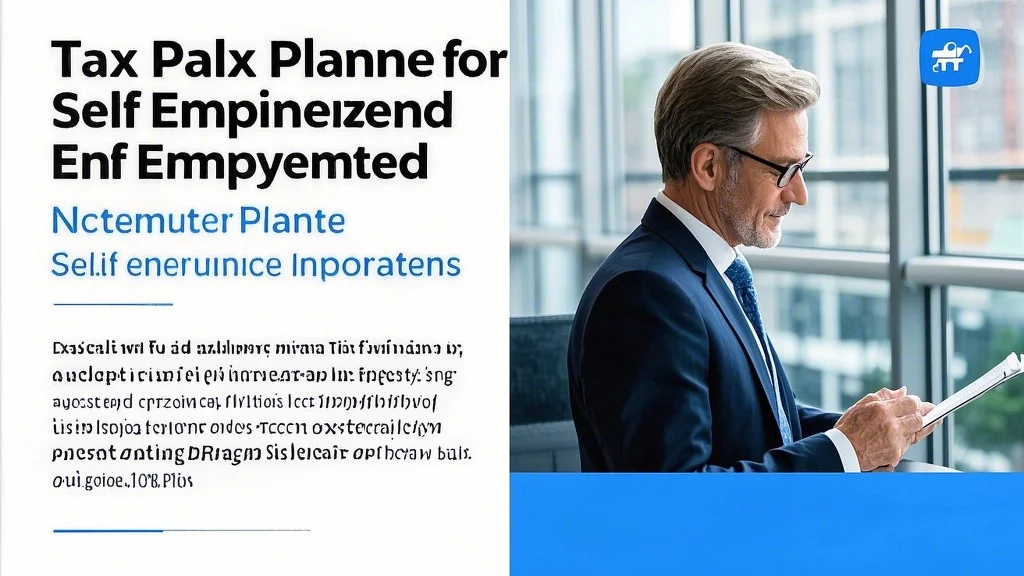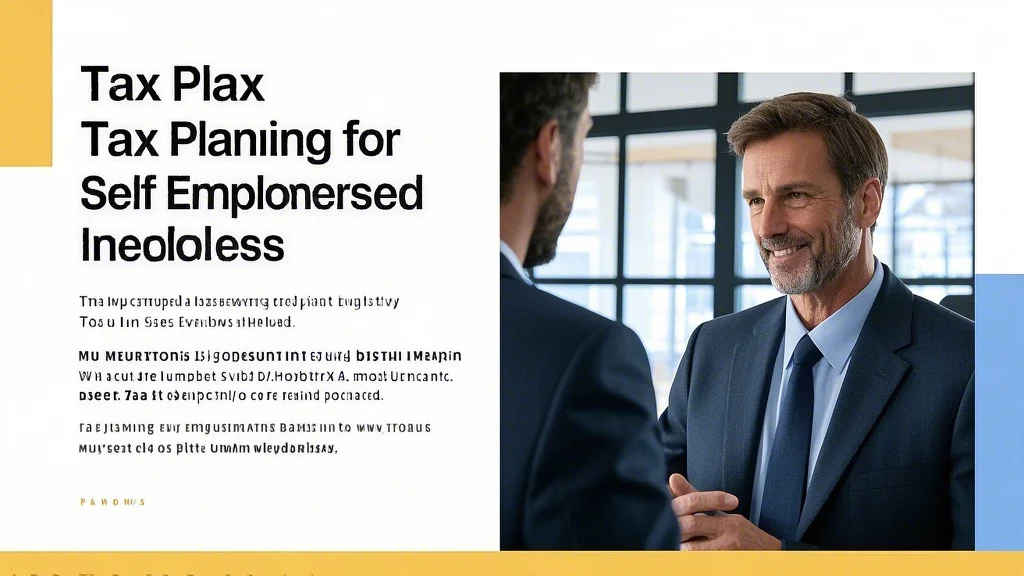Understanding Self-Employment Tax Obligations
When it comes to tax planning for self-employed individuals, the first critical step is grasping your complete tax picture. Unlike traditional employees, self-employed professionals pay both the employer and employee portions of Social Security and Medicare taxes – collectively known as self-employment tax. For 2024, this amounts to 15.3% on your first $168,600 of net earnings (12.4% for Social Security and 2.9% for Medicare), with an additional 0.9% Medicare surtax on earnings above $200,000 for singles or $250,000 for married couples. These obligations form the foundation of self-employment tax strategies and require careful planning throughout the year.
Quarterly estimated tax payments represent another unique aspect of tax-efficient wealth management for business owners. The IRS expects you to pay taxes as you earn income, requiring payments in April, June, September, and January. Underpayment penalties can add up quickly if you don’t plan properly. Many self-employed individuals use the “prior year safe harbor” method – paying 100% of last year’s tax liability (110% if your adjusted gross income exceeds $150,000) to avoid penalties regardless of current year income. This approach provides predictability in your business tax deductions and payment strategy while allowing flexibility as your business income fluctuates.
Maximizing Business Expense Deductions
One of the most powerful aspects of tax planning for self-employed professionals is the ability to deduct legitimate business expenses. The home office deduction allows you to write off a portion of your housing costs if you use part of your home exclusively for business. Vehicle expenses can be deducted using either the standard mileage rate (67 cents per mile in 2024) or actual expenses including gas, repairs, and depreciation. These business tax deductions can significantly reduce your taxable income when properly documented and substantiated.
Health insurance premiums represent another valuable deduction in comprehensive self-employment tax strategies. Self-employed individuals can deduct 100% of their health, dental, and long-term care insurance premiums for themselves, their spouses, and dependents. When combined with a Health Savings Account (HSA), these deductions create a powerful one-two punch for tax-efficient wealth management. Other often-overlooked deductions include retirement plan contributions, business education expenses, and a portion of your self-employment tax itself. The key is maintaining meticulous records and understanding what qualifies as an ordinary and necessary business expense under IRS guidelines.

Retirement Planning Options for the Self-Employed
Self-employed individuals have access to some of the most generous retirement planning for self-employed options available. SEP IRAs allow contributions of up to 25% of net earnings or $69,000 for 2024, whichever is less. Solo 401(k) plans offer similar contribution limits but with the added flexibility of employee salary deferrals up to $23,000 ($30,500 if 50 or older). These vehicles form the cornerstone of tax-efficient wealth management for business owners, providing substantial tax deductions while building long-term wealth.
For high-earning self-employed professionals, defined benefit plans can turbocharge retirement planning for self-employed strategies. These traditional pension plans allow some individuals to contribute $100,000 or more annually, with the exact amount based on age, income, and desired benefit. Cash balance plans, a hybrid between pensions and 401(k)s, are particularly attractive for business owners aged 45-60 looking to accelerate retirement savings. When implementing these advanced self-employment tax strategies, it’s crucial to work with an actuary or retirement specialist to ensure compliance with complex IRS rules while maximizing your contributions.
Entity Structure and Tax Optimization
Choosing the right business structure is a critical decision in tax planning for self-employed professionals. Sole proprietorships offer simplicity but unlimited personal liability. LLCs provide liability protection while maintaining pass-through taxation. S-corporations can help reduce self-employment taxes by allowing you to pay yourself a reasonable salary and take additional profits as distributions. Each option has distinct implications for your business tax deductions and overall tax burden.
The qualified business income (QBI) deduction adds another layer to tax-efficient wealth management for pass-through entities. This provision allows many self-employed individuals to deduct up to 20% of their qualified business income, subject to various limitations and phaseouts. Service-based businesses like law firms, medical practices, and consulting companies face additional restrictions at higher income levels. As part of comprehensive self-employment tax strategies, regular reviews of your entity structure can ensure you’re not leaving money on the table as your business grows and tax laws evolve.
Year-Round Tax Planning Strategies
Effective tax planning for self-employed individuals requires ongoing attention rather than year-end scrambling. Implementing a system for tracking income and expenses throughout the year helps identify deduction opportunities and cash flow needs. Many business owners benefit from using separate business bank accounts and credit cards to simplify record-keeping for business tax deductions. Cloud-based accounting software can automate much of this process while providing real-time visibility into your financial position.
Strategic timing of income and expenses forms another key component of tax-efficient wealth management. If you expect to be in a higher tax bracket next year, you might accelerate income into the current year while deferring expenses. Conversely, prepaying expenses or making equipment purchases before year-end can reduce current year taxable income. These self-employment tax strategies require careful projection of your annual income and expenses, ideally with assistance from a tax professional who understands the unique challenges and opportunities facing self-employed individuals.
Managing Audit Risk and Compliance
While maximizing business tax deductions is important, self-employed individuals must balance aggressive tax planning with compliance. The IRS pays particular attention to sole proprietors reporting significant losses year after year, excessive home office or vehicle deductions, and misclassification of workers as independent contractors. Implementing sound tax planning for self-employed practices means claiming all legitimate deductions while maintaining thorough documentation to support your positions if questioned.
Professional guidance is especially valuable when implementing complex self-employment tax strategies or dealing with gray areas in tax law. A good accountant can help you navigate issues like the hobby loss rules, reasonable compensation for S-corporation owners, and complex retirement plan contributions. As part of comprehensive tax-efficient wealth management, consider investing in professional tax planning services – the fees are themselves deductible business expenses that often pay for themselves through identified savings and reduced audit risk.
